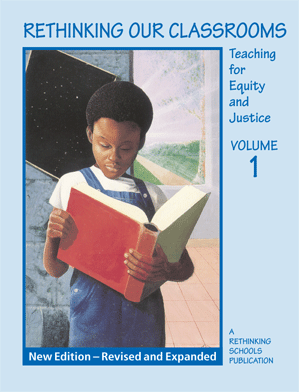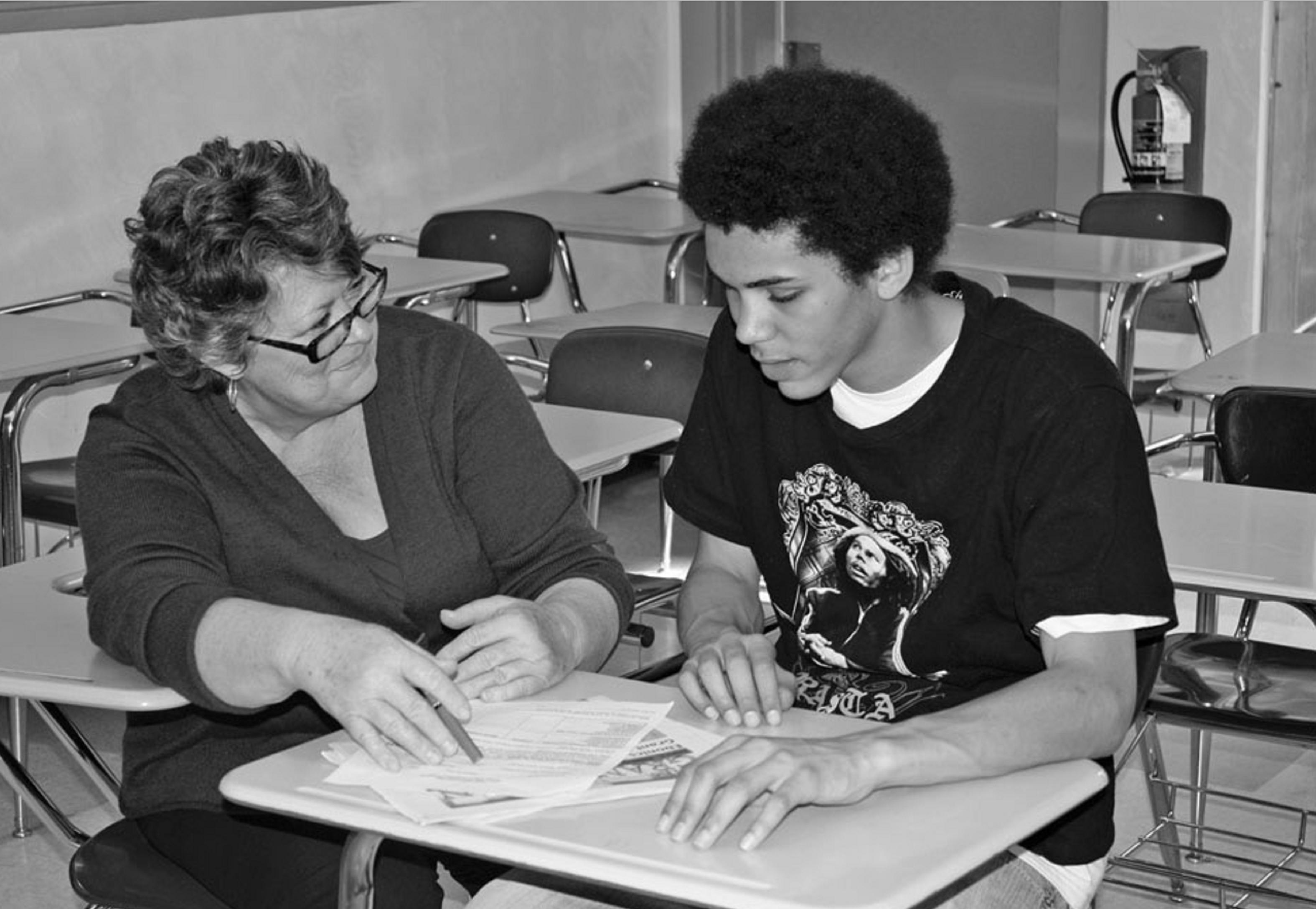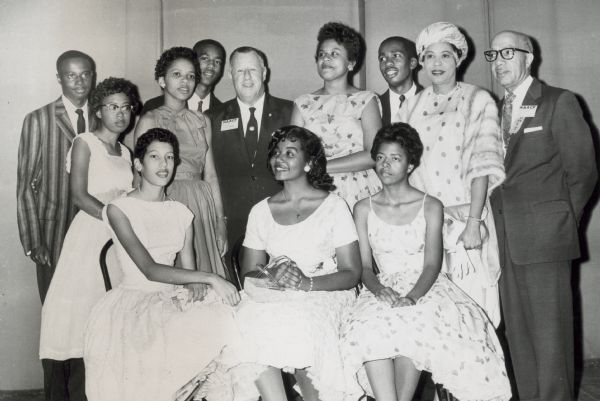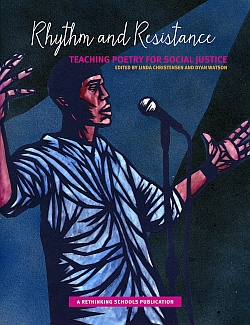
One of the most important aims of teaching is to prompt students to empathize with other human beings. This is no easy accomplishment in a society that pits people against each other, offers vastly greater or lesser amounts of privileges based on accidents of birth, and rewards exploitation with wealth and power.
Empathy, or “social imagination,” as Peter Johnson calls it in The Reading Teacher, allows students to connect to “the other” with whom, on the surface, they may appear to have little in common. A social imagination encourages students to construct a more profound “we” than daily life ordinarily permits. A social imagination prompts students to wonder about the social contexts that provoke hurtful behaviors, rather than simply to dismiss individuals as inherently “evil” or “greedy.”
One teaching method we use to promote empathy, and return to unit after unit, is the interior monologue. An interior monologue is simply the imagined thoughts of a character in history, literature, or life at a specific point in time. After watching a film, reading a novel, short story, or essay, or performing improvisation skits, the class brainstorms particular key moments, turning points, or critical passages characters confronted.

 This lesson was published by Rethinking Schools in Rethinking Our Classrooms: Teaching For Equity and Justice (Volume 1). For more lessons like “Promoting Social Imagination Through Interior Monologues,” order Rethinking Our Classrooms, with creative teaching ideas, compelling classroom narratives, and hands-on examples that show how teachers can promote the values of community, justice, and equality while building academic skills, edited by Wayne Au, Bill Bigelow, and Stan Karp.
This lesson was published by Rethinking Schools in Rethinking Our Classrooms: Teaching For Equity and Justice (Volume 1). For more lessons like “Promoting Social Imagination Through Interior Monologues,” order Rethinking Our Classrooms, with creative teaching ideas, compelling classroom narratives, and hands-on examples that show how teachers can promote the values of community, justice, and equality while building academic skills, edited by Wayne Au, Bill Bigelow, and Stan Karp.
See Table of Contents.










This is fabulous.